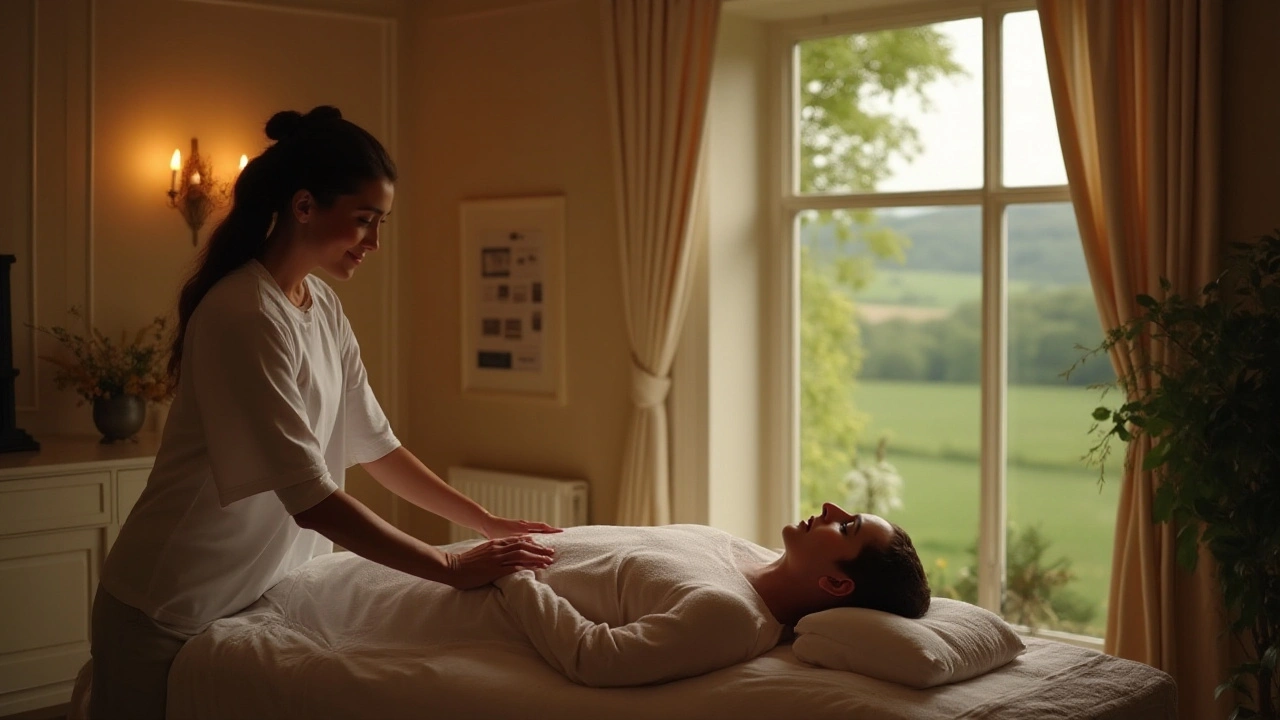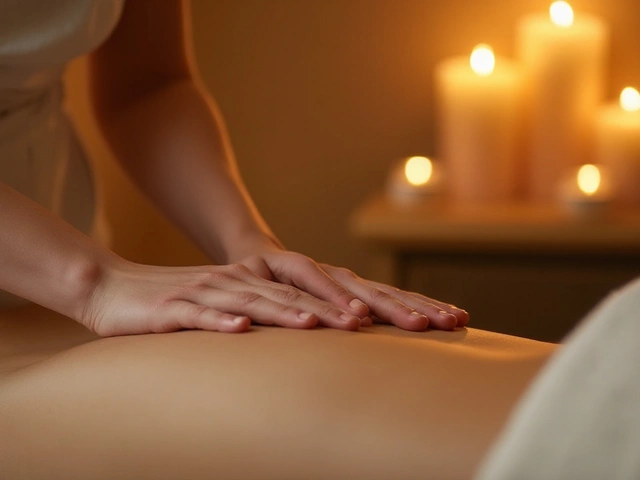Well-being Benefits: Massage, Movement, and Simple Daily Habits
Want faster stress relief, less pain, and better sleep without popping pills? This tag gathers practical ways massage and body therapies improve your daily life. Read short, useful tips and the real reasons these methods work so you can pick what fits your routine.
Physical benefits are easy to spot: reduced muscle tension, improved mobility, and quicker recovery after workouts. Mental perks follow—lower anxiety, clearer focus, and a calmer mood. Some methods help sleep and digestion. Others change posture and ease chronic aches. Each therapy targets a specific problem, from trigger point work for knots to Hellerwork for alignment.
Quick Wins You Can Try Today
Start with five minutes of acupressure on common spots for headaches and stress. Press the webbing between thumb and index finger for about one minute while breathing slowly. Add a nightly 10 minute gentle movement routine inspired by Feldenkrais: tiny, slow joint circles to unwind tight shoulders and hips. Use a warm stone or self-massage with a ball on sore calves after long walks. Book one short session of Amma or Lomi Lomi and notice how your sleep shifts the next night.
If pain limits movement, try trigger point release before exercising. Apply steady pressure to a knot for thirty to sixty seconds until it loosens, then stretch gently. For posture, a few sessions of structural work like Rolfing or Hellerwork can make standing easier and reduce daily strain. If you’re grieving or facing illness, palliative touch can bring calm and comfort when words fall short.
How to Choose What Works for You
Start with your main goal. Is it pain, stress, posture, or recovery? Pick a method that targets that goal. For sudden tightness pick a deep spot technique like trigger point or stone therapy. For long term posture issues try structural integration approaches such as Hellerwork or Rolfing. Want gentle, low-risk help? Ortho-Bionomy and Feldenkrais use light movements and are safe for most people.
Check credentials and read short reviews. Ask therapists about their training and what a typical session feels like. Be specific: tell them where it hurts, what activities flare symptoms, and what you hope to do afterward. Track results across three sessions—many therapies show clear change in that window. Always mention medical conditions or recent surgeries so the therapist can adapt techniques.
Use this tag as a quick map. Browse articles like acupressure how-tos, Hilot and Lomi Lomi traditions, or practical guides to Ortho-Bionomy and Amma. Try small, repeatable habits first. When a method clearly helps, lean in with regular sessions and simple home practices to lock in the benefits.
Small habit example: schedule two 20-minute self-care blocks each week—one hands-on session with a therapist and one home practice. Keep a short pain and sleep journal to track changes. Add a 5-minute breathing break mid-day, and swap one sugary snack for water and a walk. These small, consistent changes stack fast and make professional sessions work better. Start small. Notice the difference.

Hidden Advantages of Trager Therapy for Well-being
Trager Therapy is a lesser-known yet profoundly effective method for enhancing well-being. Through gentle movements and mindful touch, this therapy offers unique benefits. It helps reduce tension, improve mobility, and promote overall relaxation. By fostering a deeper mind-body connection, Trager Therapy can be a vital tool in managing daily stress and enhancing one's quality of life.
Categories
- Health and Wellness (148)
- Alternative Therapies (86)
- Massage Therapy (40)
- Travel and Culture (15)
- Beauty and Skincare (9)
- Holistic Health (8)
- Health and Fitness (5)
- Spirituality (5)
- Other (2)
- Personal Development (2)



